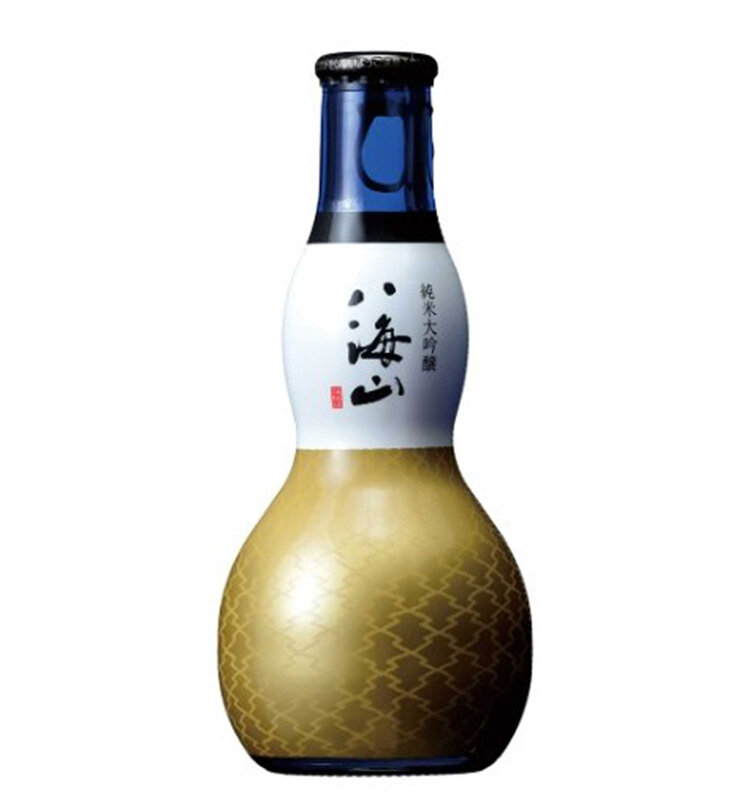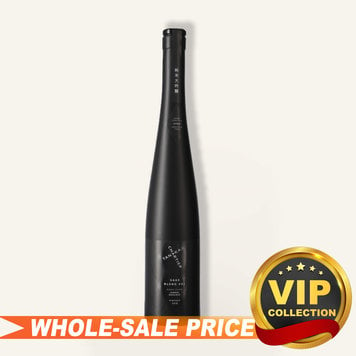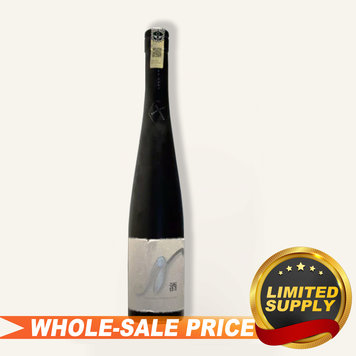| Brand | Hakkaisan |
| Region | Japan |
| Spirits Type | Sake |
| Spirits Style | Junmai Daiginjo |
| ABV | 15.5% |
Product details
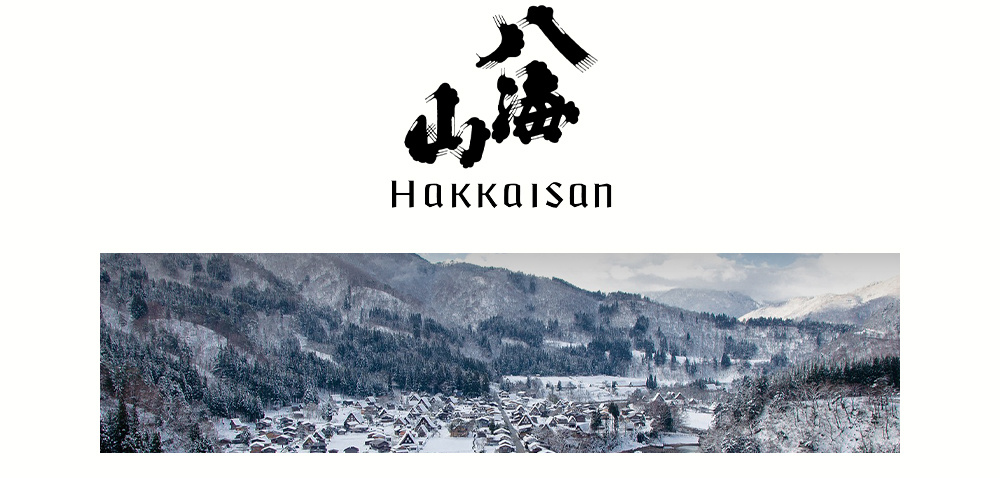
Hakkaisan makes delicious premium sakes imported from Niigata, Japan. Get to know the clean, balanced, and exceptionally well-crafted taste that has made Hakkaisan famous. The bottom-heavy style hyotan (gourd-shaped bottle) was known to be a sign of good luck in ancient China and Japan. Hakkaisan Sake Brewery has repackaged Junmai Daiginjo with a gold label into these stylish hyotan bottles.
Remove the cap, and you can enjoy this sake either warmed or chilled. For warm sake, remove the label and heat the bottle in warm water. This beautiful blue bottle can be reused at home as a carafe or vase.
Rice: Yamada Nishiki | Polishing Ratio: 45%
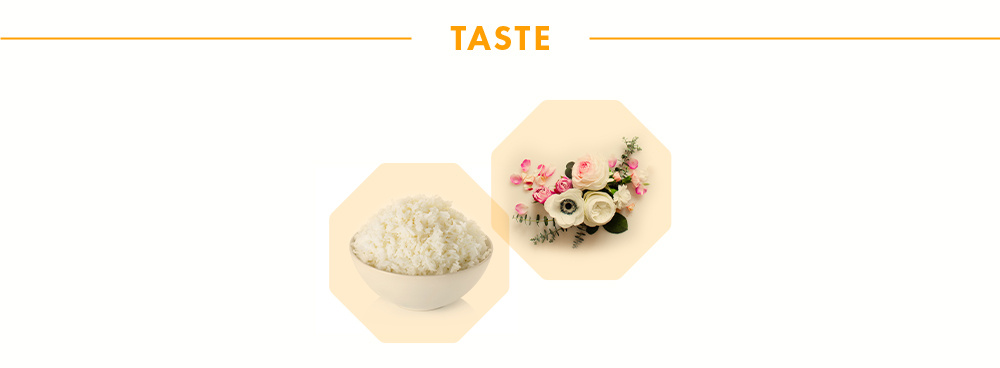
This Hyotan 45 sake exemplifies the region's crisp and clean brewing style, featuring a delicate aroma of steamed rice with subtle floral and earthy notes. Its gentle rice flavor leads to a pristine, invigorating dry finish, offering a refined and refreshing experience.
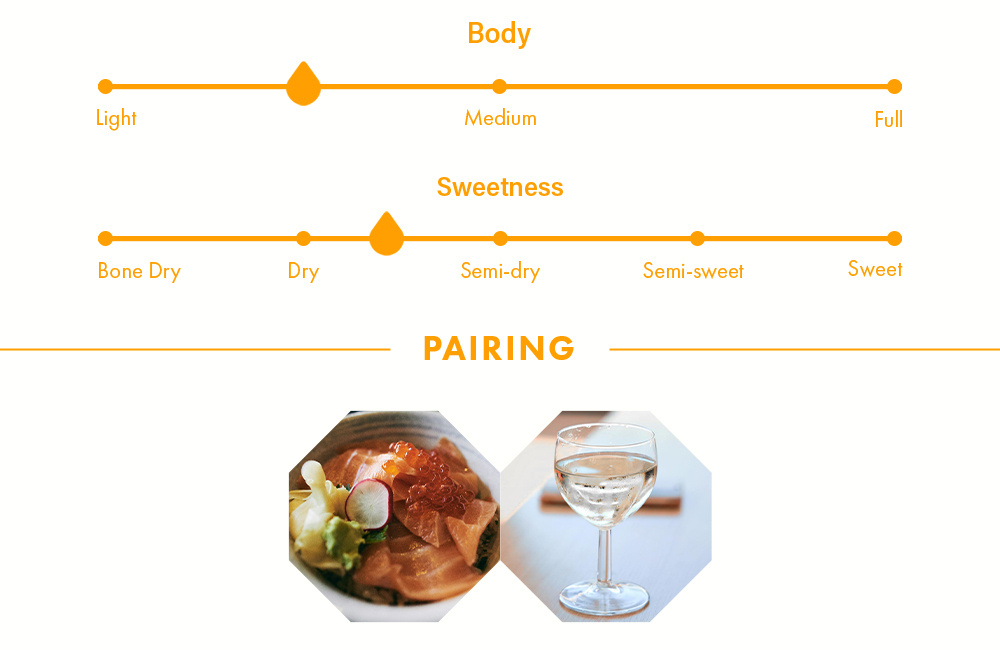
It is recommended to drink it chilled at a temperature of 10-15°C to best experience its refreshing taste and delicate aroma. It pairs well with light Japanese cuisine such as sashimi, sushi, and tempura, as well as light seafood and vegetable dishes.
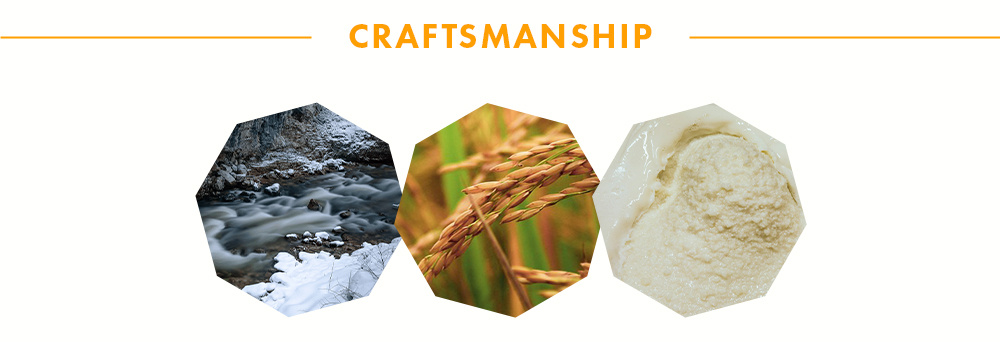
Three main points make up Hakkaisan Sake Brewery’s philosophy. One is to use high-quality materials: water and rice. Hakkaisan uses “Spring water from Raiden” (the spring water from the foot of Mt. Hakkai) for all brands of Hakkaisan. Rice brands Goyakumangoku and Yamadanishiki, which are believed to be the most suitable rice for making sake, are used for making Hakkaisan. Hakkaisan produces well-balanced, high-quality sake. The definition of highest quality sake is, Hakkaisan believes, a sake that has a full body but is clear and smooth and does not interfere with or disturb the taste of food.
Sake rice is polished down to isolate just the starch in each grain. The rice is then washed and soaked to begin steaming at about 100 °C (212 °F) for about an hour. Steamed rice is then sprinkled with koji for 48 hours. Over 2 weeks, a yeast starter, or “Shubo” is then made using rice, koji rice, water, yeast, and lactic acid. The yeast starter is combined in the main brewing tank with 3 additions of water, rice, and koji rice to prepare the main mash, or "Moromi." After about 30 days of brewing, the sake is ready to be pressed, which separates the fresh sake from the unfermented rice solids known as "Kasu." Next, the sake is heated and then stored underground for a few months to mellow and smooth the flavor.



